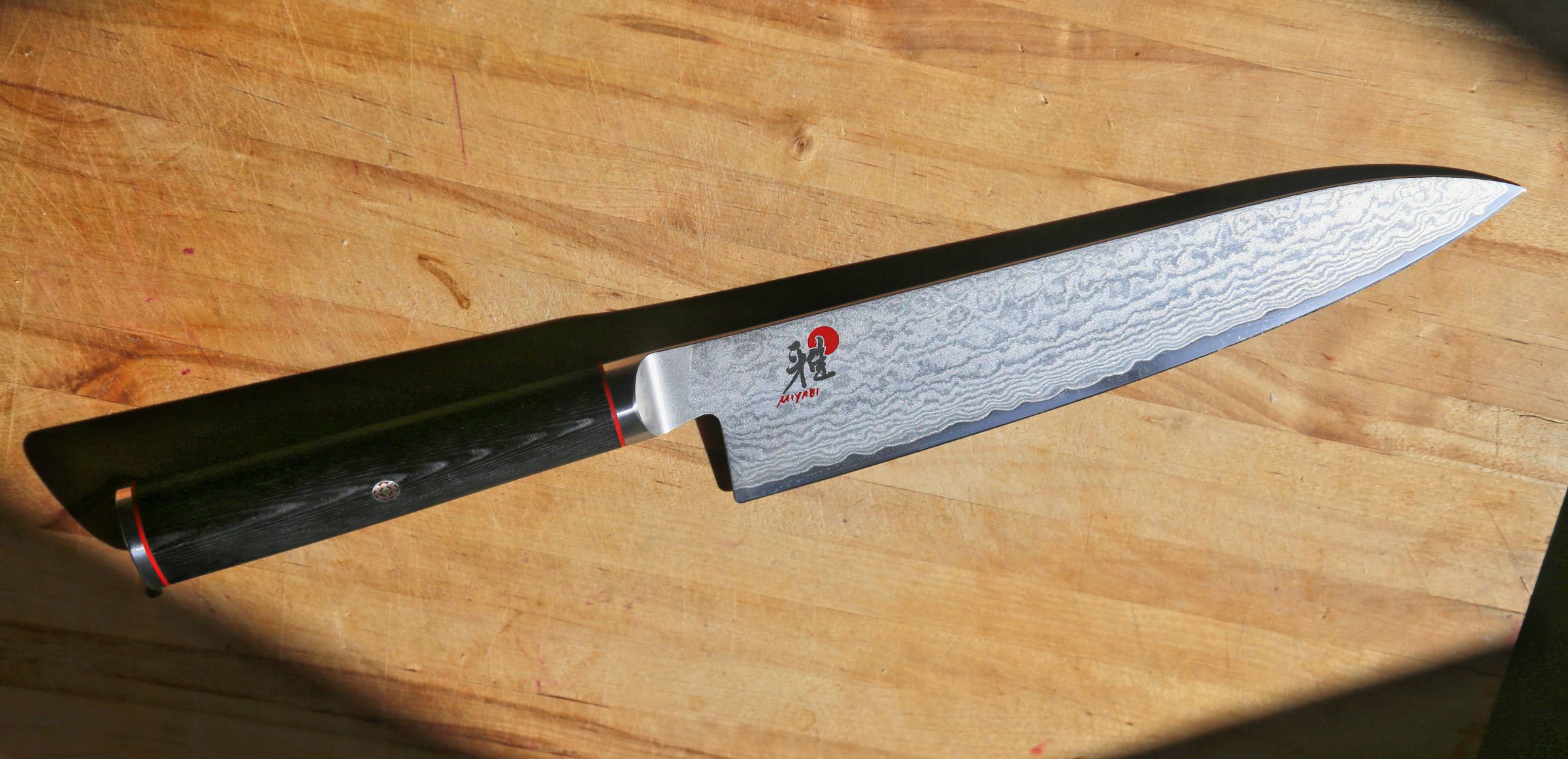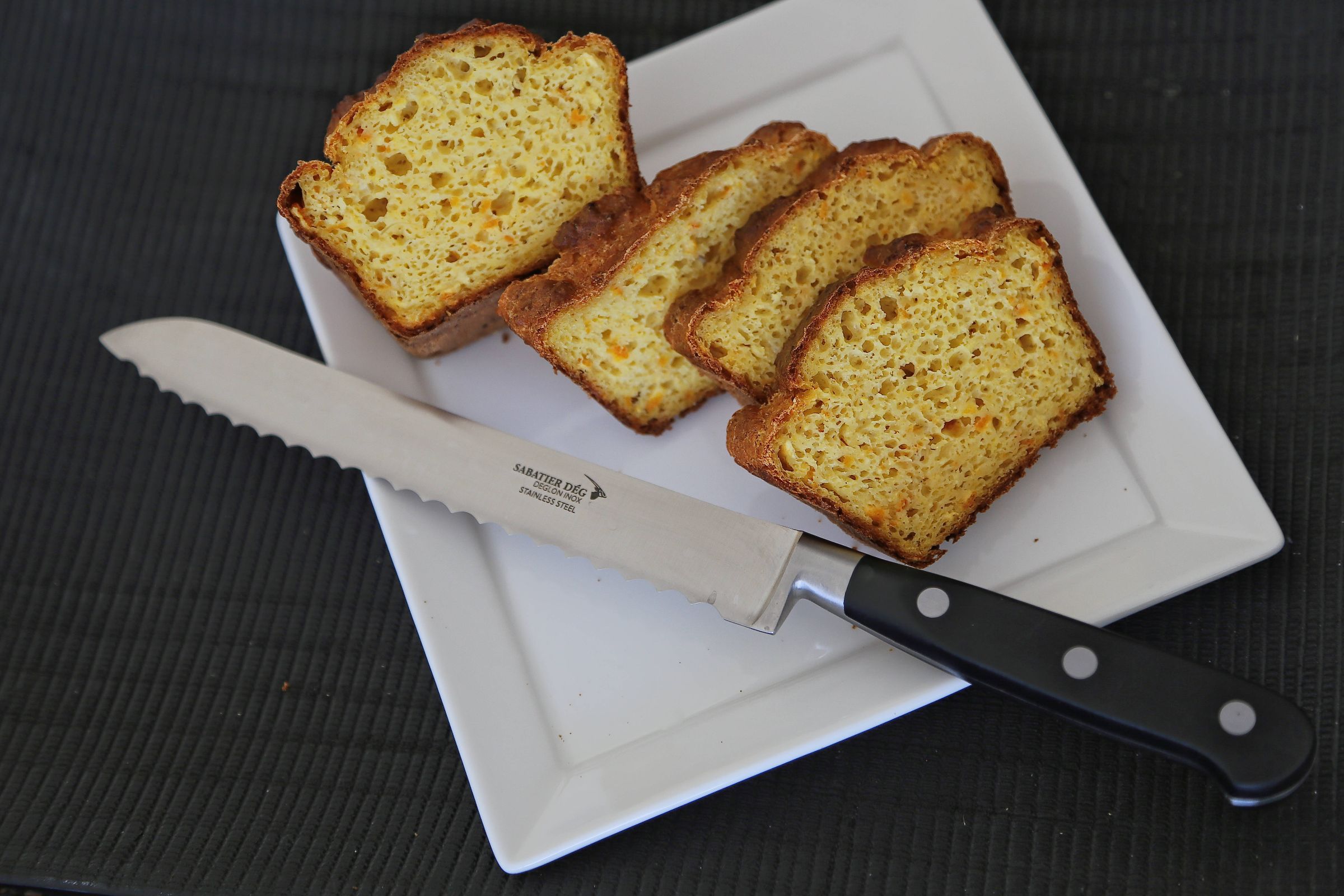In any kitchen, whether you’re a seasoned chef or a home cook, the choice of knives plays a crucial role in making food preparation easier and more efficient. Among the wide array of knives available, two stand out as absolutely essential: the chef’s knife and the bread knife. These knives are not just tools; they are extensions of the cook’s hand, providing precision, speed, and versatility.
The chef’s knife is the workhorse of the kitchen. With its wide, curved blade—usually between 8 to 10 inches—it performs a wide range of tasks that no other knife can accomplish as effectively. The beauty of the chef’s knife lies in its versatility. It is designed to chop, slice, mince, and dice with equal ease, whether you’re dealing with vegetables, herbs, fruits, or even large cuts of meat. For example, its broad blade is perfect for cutting through hefty ingredients like pumpkins, watermelons, and squashes, but it is equally adept at more delicate tasks such as mincing garlic or chopping onions into fine pieces. The curved blade facilitates a rocking motion, allowing you to chop quickly and efficiently. This motion, combined with the weight and balance of the knife, reduces fatigue and lets the knife do most of the work.

What makes the chef’s knife indispensable is not just its versatility but also the control it offers. The heel of the blade, which is thicker and closer to the handle, is ideal for cutting dense ingredients like carrots or potatoes, while the tip, thinner and pointed, allows for precision tasks like peeling, piercing, or slicing smaller items. This balance of power and precision makes the chef’s knife an everyday essential in the kitchen. In fact, if one were to own only a single knife, a high-quality chef’s knife could easily fulfill most kitchen needs.
While the chef’s knife can handle many tasks, there is one area where it falls short: slicing through crusty or delicate foods without crushing them. This is where the bread knife comes in. The bread knife, with its long serrated edge, is specially designed to tackle ingredients with tough exteriors and soft interiors, like loaves of bread, without squashing them. A chef’s knife can slice bread, but it requires much more force, which tends to compress the loaf, leading to uneven slices and a less appetizing presentation. The saw-like teeth of a bread knife, on the other hand, glide effortlessly through crusty bread, preserving the structure of the soft inside.

However, the bread knife’s utility goes far beyond bread. It excels at slicing through foods that are soft or delicate on the inside but have tough or slippery exteriors. For instance, a perfectly ripe tomato can be challenging to slice with a regular knife—its skin is resistant, and its flesh tends to turn mushy under pressure. The bread knife, with its serrated blade, makes clean cuts, ensuring the tomato holds its shape. It also works wonders on cakes, sandwiches, bagels, and other foods where a clean, non-crushing slice is essential.
Though both knives are considered must-haves, their functions are complementary rather than overlapping. The chef’s knife is your everyday go-to, handling everything from preparing a hearty salad to slicing meat. Its flexibility and balance make it an ideal tool for the bulk of your kitchen prep. The bread knife, on the other hand, might not see as much daily action, but when you need it—whether you’re slicing through a fresh baguette or a delicate cake—nothing else will do the job as effectively.
When investing in kitchen knives, it’s essential to prioritize quality over quantity. With a high-quality chef’s knife and a reliable bread knife, most home cooks can tackle 90% of the tasks that arise in the kitchen. These two knives form the backbone of any well-equipped kitchen, and their utility, combined with durability, means they can serve you for years if properly cared for.
In the end, while many knife sets include a wide variety of specialty knives, the truth is that you don’t need an extensive collection to be an efficient cook. The chef’s knife and bread knife are not only the most essential tools in your kitchen—they are also the most versatile and reliable. With these two knives in hand, you’ll be ready for anything your culinary adventures throw at you.